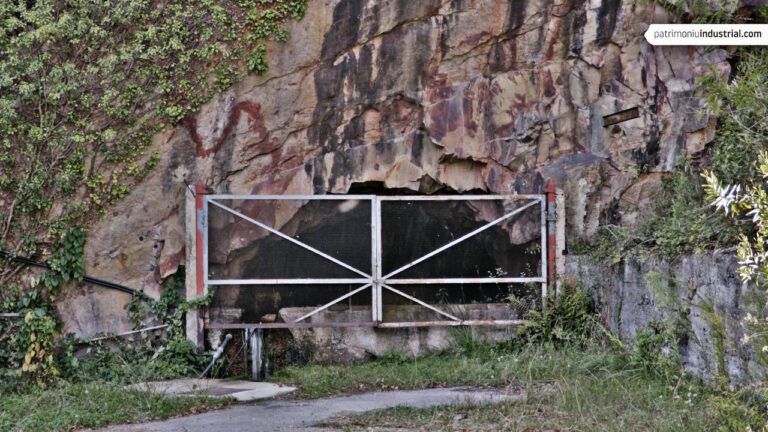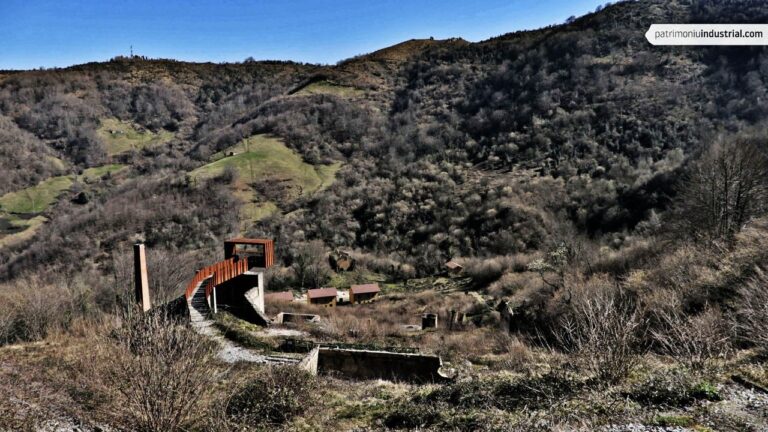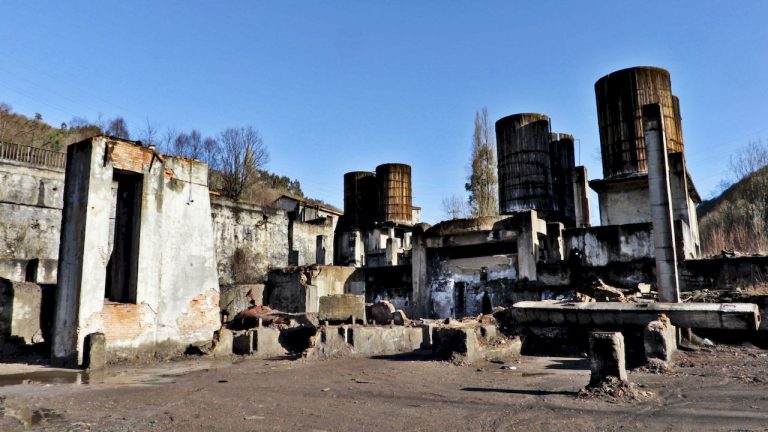

by Carlos Luque Cabal & Manuel Gutierrez Claverol
Carlos Luque Cabal, Ph.D. in Geology (University of Oviedo). He has worked for the companies Unión de Explosivos Ríotinto, Río Tinto Minera and Hunosa (where he was Head of the Geology department). Emeritus professor at the Geology Deparment of the University of Oviedo. Author of twelve books and over fifty articles.
Manuel Gutierrez Claverol, Ph.D. in Geology (University of Oviedo). Professor at the University of Oviedo’s Mining Engineering School and Geology Department for 46 years (Gold Medal Award). Member of RIDEA. Author of 20 books, about 200 scientific articles and 200 journalism pieces.
Although coal is the region’s most important mineral resource in economic, social and geologic terms, another ancient kind of mining should also be taken into account.
There is evidence of over one thousand deposits of both metallic (antimony, arsenic, cobalt, copper, iron, manganese, mercury, molybdenum, nickel, gold, silver, lead, wolfram and zinc) and non-metallic substances (jet, baryte, kaolin, fluorite, magnesite and gypsum) in the region. There are only two gold mines still active, whereas there used to be once an average of over twenty metallic ore mines in operation. Non-metallic minerals were also mined industrially, but only fluorite is still being extracted.
There was copper mining in the region already as early as 2000 BC, as evidenced by some old mines not far from Oviedo (Aramo and Riospaso) and near Cangas de Onís (Milagro). Some massive excavations were done in western Asturias in Roman times to dig for gold, and there is also evidence of copper, iron, mercury and lead mining. The end of this mining probably coincided with the time the western settlements were abandoned, around the end of the second century AD or the beginning of the third.
After a lengthy period devoid of references to mineral processing, the industry took off towards the end of the eighteenth century, particularly with the Mining Act of 1825 and the appointment of Guillermo Schulz as Inspector of the Asturias Mining District in 1833.
An intense mining of metallic substances was carried out throughout the twentieth century until the Seventies, when interest for them diminished as it increased for nonmetals – such as kaolin and fluorite – and rocks for industrial use: limestone, clay, sand, sandstone, quartzite, dolomite, slate, silica, etc.
CLAVEROL GUTIERREZ, M., LUQUE CABAL, C., La otra minería, en Mases, J.A. (Coord.), Asturias y la mina, Ediciones Trea, 2000, p.109-127.
CLAVEROL GUTIERREZ, M., LUQUE CABAL, C. La minería en los Picos de Europa, Ediciones Trea, 2000.
CLAVEROL GUTIERREZ, M., LUQUE CABAL, C., La minería del mercurio en Asturias, 2006.
ORTEGA M., BARTOLOMÉ, P. et alii, Minas de Llumeres, recorriendo la historia, descubriendo un lugar, CICEES, 2008.
SUÁREZ ANTUÑA, F. Las minas de Llampaces y del Llaímo: Dos ejemplos de utilización del cable aéreo en la minería de montaña del Alto Nalón, Memorana, Universidad de Oviedo, 3, 1998.
TIELVE GARCÍA, N., "La mina en la cultura industrial de Llanes y su entorno", en Llanes, viejas historias, nuevos patrimonios, El Oriente de Llanes, 2004.






Recent Comments